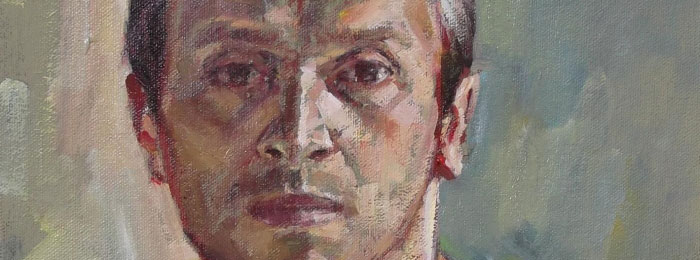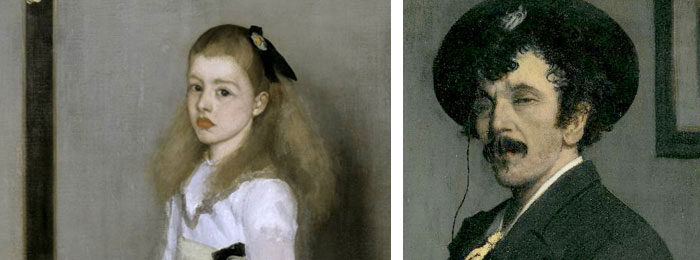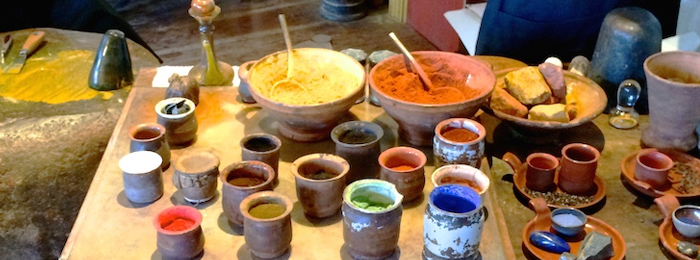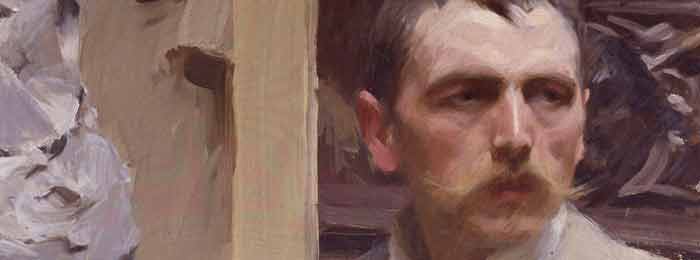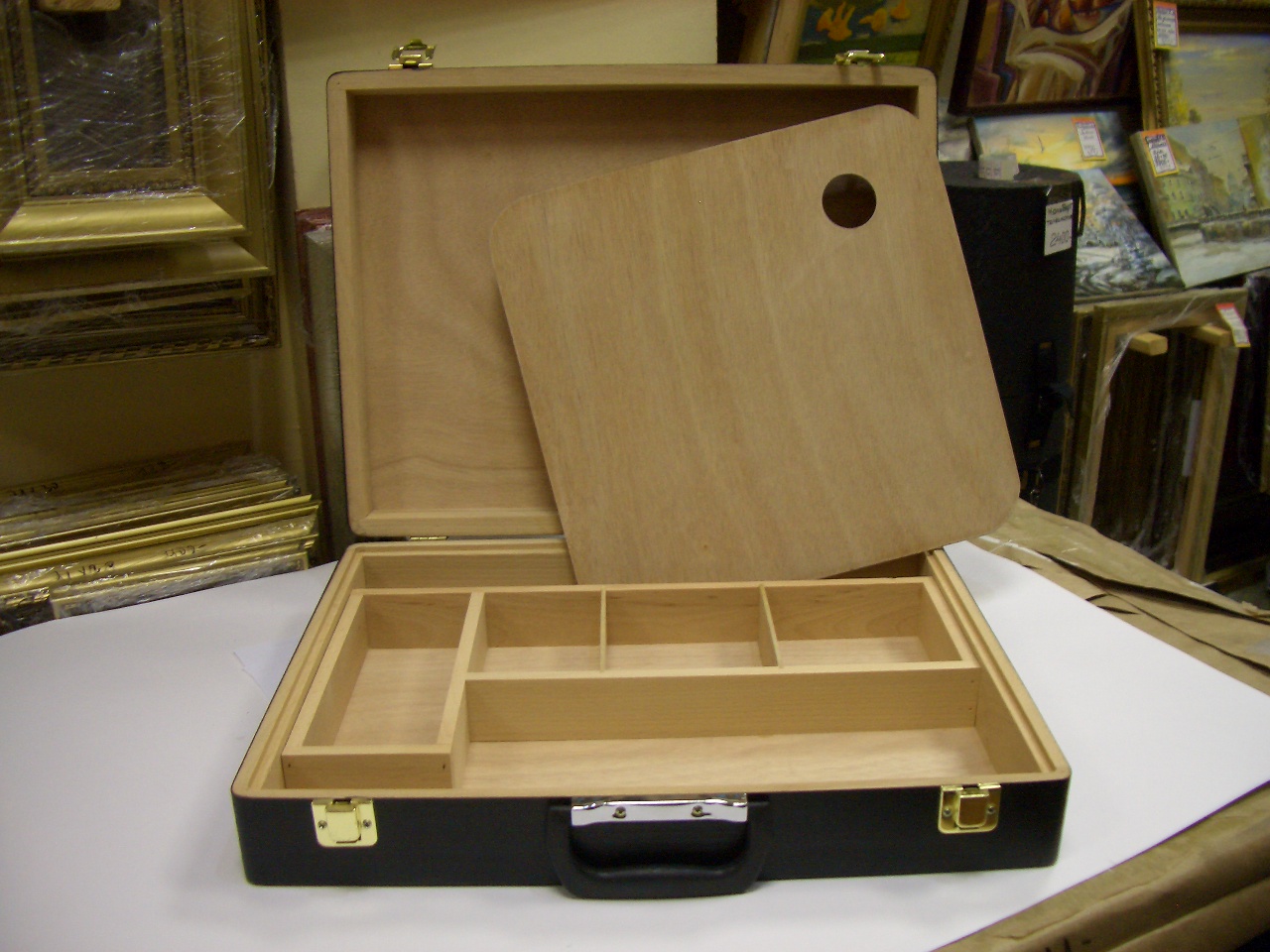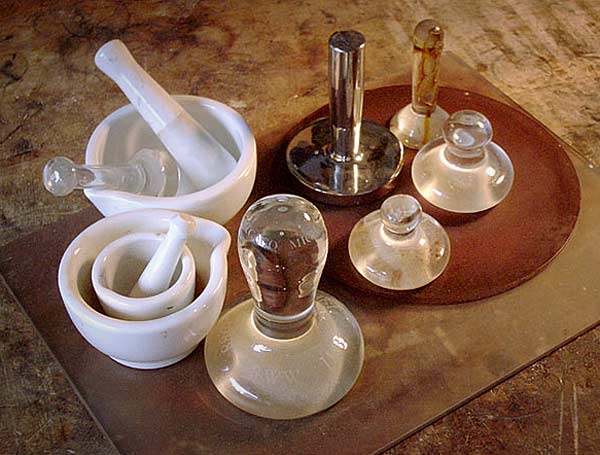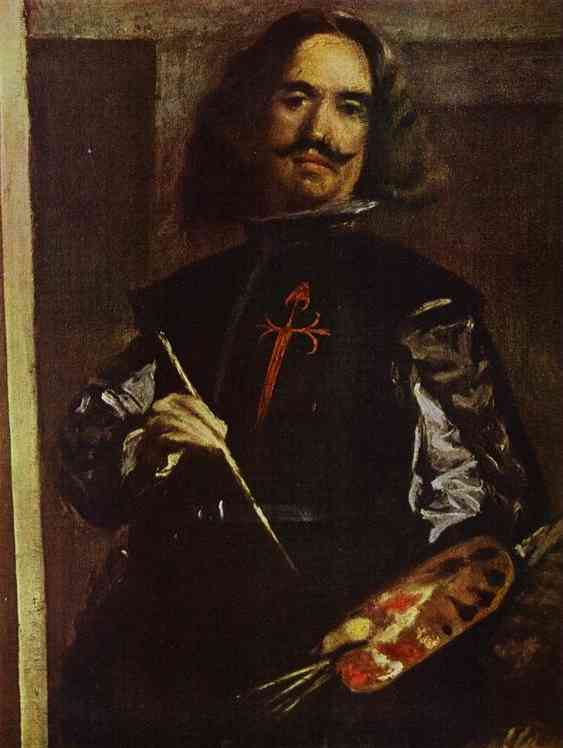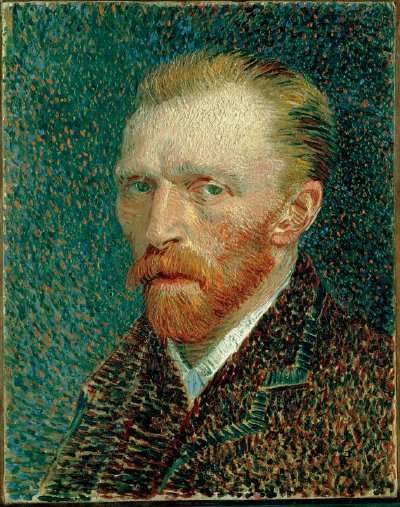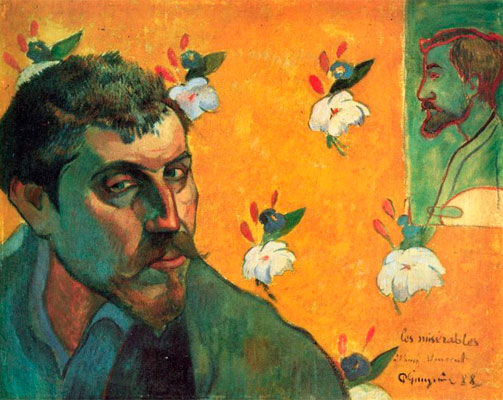On 15 Feb, 2017 With
Feedback from CÁSSIO ANTUNES DE OLIVEIRA
I am an amateur painter but the painting is my job, and I’ve lived doing that for more than ten years.
My biggest challenge in painting is to reach a professional level, technically and commercially.
I would like to learn the basis and foundations of the academic painting, because the figurative painting is my passion. …
Read More
On 9 Aug, 2015 With
Whistler’s Oil Painting Technique Whistler’s approach to portraiture in his late maturity was described by one of his sitters, Arthur J. Eddy, who posed for the artist in 1894: “He worked with great rapidity and long hours, but he used his colours thin and covered the canvas with innumerable coats of paint. The colours increased in depth and intensity as the work progressed. At first the entire figure was painted in greyish-brown tones, with very little flesh colour, the whole blending perfectly with the greyish-brown of the prepared canvas; then the entire background would be intensified a little; then the figure made a little stronger; then the background, and so on from day to day and week to week, and…
Read More
On 24 Jul, 2015 With
The Rembrandt Palette Rembrandt created his portraits with a small palette of colours dominated by dark earth tones and golden highlights. Remember the number of pigments available to the 17th century artist were miniscule when compared to those available to the modern artist. Rembrandt was unusual in that he used around hundred, but less than 20 pigments have been detected in Vermeer’s oeuvre. Portraits by Rembrandt have a special quality- the brilliant use of light to illumine faces, jewels and rich fabrics; the effective use of a limited palette, and the rich, dark, transparent backgrounds all set off the subjects of his portraiture in a way never seen before and often imitated afterwards. It has been said that a painter has…
Read More
On 27 Jun, 2015 With
Palettes of Famous Artists. Zorn Palette Swedish painter Anders Zorn (1860-1920) has long been associated with a limited palette of four colors. Rosemary Hoffman, in the book Northern Light: Nordic Art at the Turn of the Century wrote, “Zorn was noted for executing paintings using a sober color scale limited to white, ochre, vermilion, and ivory black.” Hans Henrik Brummer, writing in the 1986 catalog on Zorn, said “basically his register was limited to black, white, earth yellows and vermilion; other pigments could be used if local accents were needed.” Several art teachers, such as Jeff Watts, use the “Zorn palette” (sometimes substituting cadmium red light for vermilion) as a teaching tool because it provides students with a finite range of color choices with a…
Read More
On 28 May, 2013 With
Oil painting lessons and techniques: Materials It remains to speak of those tools which are not essentials, but conveniences, to painting. Even as conveniences, however, they are of importance enough to have an influence on your work. You can paint without them, but you will work more easily for the having of them; and something of the sort, although not necessarily of the same kind, you must have. You may improvise something, in other words, to take the place of these, but you would be wiser to get those which are made for the purpose. The Box.—First, the box for oil paints. You must keep your things together somehow, and it would be as well that you keep them in…
Read More
On 4 Nov, 2012 With
The Most Expensive Pieces of Art We all know a picture is worth a thousand words, but how much is that in actual cash? Ultimately, a painting is worth whatever someone is willing to pay for it. Still, if the piece has historical, cultural or critical importance, the value of a painting will skyrocket. Auctioneers and art valuers use several criteria to determine exactly how desirable a piece ought to be. They look at the condition of the piece and its sales history. They compare it to the value of other works sold by the same artist and to other similar works done by different artists in the genre. They then look at the subject matter and compare that with…
Read More
On 3 Sep, 2012 With
Oil painting essential materials and techniques: Grinding Pigments Grinding.—The color which the artist uses must be most evenly and perfectly ground. The grinding which will do for ordinary house paints will not do for the artist’s colors. Neither will the chemical processes suitable for the one serve for the other. Not only must the machinery, but the experience, skill and care, be much greater for artist’s colors. Therefore it is that the specialization of color-making is most important to good colors for the use of the artist. Reliable Makers.—If you would work to the best advantage as far as your colors are concerned, both as to getting the best effects which pure pigments skilfully and honestly prepared will give you,…
Read More
On 18 Dec, 2011 With
The Old Masters: Velázquez’s Palette Diego Rodríguez de Silva y Velázquez was a Spanish painter who was the leading artist in the court of King Philip IV. According to Carmen Garrido, Head of Technical Services at the Prado Museum in Madrid and author of Velázquez: Tecnica y Evolución, Velázquez’s palette consisted of the following colors: WHITE: composed of lead white and calcite YELLOW: yellow iron oxide, lead-tin yellow, and Naples yellow (the latter, sparingly) ORANGE: orange iron oxide and vermilion of mercury RED: red iron oxide, vermilion of mercury, and organic red lake BLUE: azurite, lapis lazuli, and smalt BROWN: brown iron oxide and manganese oxide BLACK: organic black of vegetal or animal origin GREEN: azurite, iron oxide, and lead-tin yellow PURPLE: organic red lake and…
Read More
On 22 Nov, 2011 With
Vincent van Gogh’s Palette Yellow ocher Chrome yellow Cadmium yellow Chrome orange Vermilion Prussian blue Ultramarine Lead white Zzinc white Emerald green Red lake Red ocher Raw sienna Black
Read More
On 20 Nov, 2011 With
Paul Gauguin’s Palette Paul Gauguin was a leading Post-Impressionist artist, painter, sculptor, printmaker, ceramist and writer. Prussian blue Cobalt blue Emerald green Viridian Cadmium yellow Chrome yellow Red ochre Cobalt violet Lead white Zinc white
Read More


